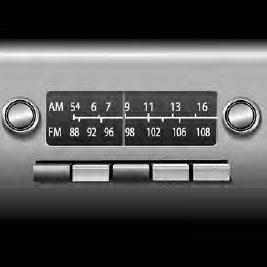WavesPutting Information on Electromagnetic Waves |
What do AM and FM mean? |
Traditional radio broadcasting uses analog, not digital, methods. AM, or amplitude modulation, and FM, or frequency modulation are methods of transmitting information on a radio. In each case a property of the “carrier” wave is changed, or modulated. These variations carry the transmitted information.
AM was the first method invented and the simplest to transmit and receive. Edwin Howard Armstrong demonstrated transmission and reception of Frequency Modulation in 1935. Listeners were amazed the way that FM eliminated “static” because noise, like that due to thunderstorms, changes the amplitude, but not the frequency of signals. The FM receiver’s output does not depend on the amplitude of the signal. Due to opposition from the radio networks and receiver manufacturers, commercial FM broadcasts were delayed and did not become widely available until after World War II.

